*Hey Tagg Fam, a quick note: If you purchase from the links on this page, Tagg Magazine may receive a small commission, which ultimately helps us continue reporting, writing, and delivering quality sapphic news.*
In the years of the Twilight franchise and Clique series, my experience of girlhood felt wrong, somehow. Girls hated each other and liked to dress a certain way and they fought over boys. Even the ttyl series, a relic of the early 2000s, felt distant to me. I liked girls. Why didn’t they like me?
I returned to YA this year. Instead of loneliness, my heart filled with tenderness for these fictional girls and the women behind them. There was hope for these young women, a story that not even designer clothes nor sparkly vampire hunks could outshine.
These five books are only a few of the gems emerging in sapphic YA literature.
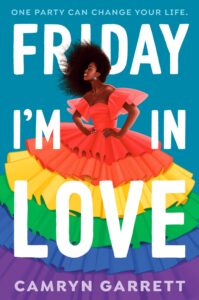
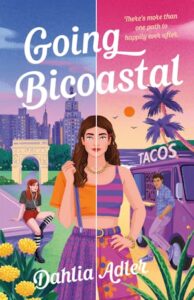
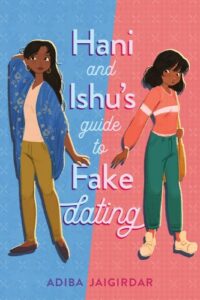
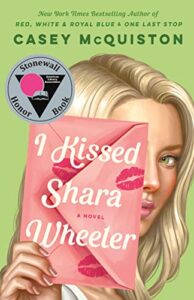
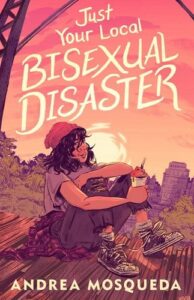
- Friday I’m In Love by Camryn Garrett
Part romance and part coming of age with an excellent playlist to boot, Mahalia handles the stresses of high school by planning her Coming Out Party in lieu of a Sweet Sixteen. In the process, she confronts family issues, money, racial microaggressions, relationship struggles, and the looming gloom of college applications. Luckily, love abounds in this beautiful depiction of Gen Z culture. Both heartwarming and humbling, this book treats seriously the emotions of adolescence, from depicting consent to validating feelings, no matter what. - Going Bicoastal by Dahlia Adler
Natalya’s story unfolds in two alternating timelines during the summer before her senior year of high school. Does she take a chance and throw her usually cautious self headfirst into something new by spending the summer in LA, or does she stick with what is comfortable in NYC? In each timeline, she reconnects with her estranged mother, explores her Ashkenazi Jewish culture, and discovers her passions. Despite the choices we make in life, there is always a path to find ourselves. And, for bisexuals like Natalya, love can come in the form of different people, without having to pick a side. - Hani and Ishu’s Guide to Fake Dating by Adiba Jaigirdar
Told in alternating perspectives, two Bengali girls embark on a fake-dating scheme. In the process, they find themselves questioning if the plan is really fake – and if the goals they’ve set for themselves are truly their own.Hani and Ishu learn what it means to be daughters, sisters, and friends, while connecting with their religious and cultural heritages, respectively. Packed with tender moments of affection amid difficult lessons, this book promises that relationships can evolve, our identities are valid, and we deserve love. - I Kissed Shara Wheeler by Casey McQuiston
Academic rivals to possible lovers, Chloe and Shara are problematic perfectionists who don’t always know the difference between attraction and obsession. As the clues add up, realizations come to the forefront—about feelings, gender, sexuality, and what it means to come from a place that doesn’t always seem to love you. Hopeful and hilarious, this book is funny, creative, and sometimes downright absurd—like the chaos of a gender-bent performance of Phantom of the Opera. - Just Your Local Bisexual Disaster by Andrea Mosqueda
Maggie Gonzalez uses her art project-slash-feelings exploration to decide who to take to her sister’s quinceañera. In the process, she confronts the pain and beauty of growing up amid generational trauma and many iterations of love alike. As Maggie’s AP Art teacher explains, the late teens are a time of great decision-making, and it is okay to not have all the answers.Mosqueda’s love for the Rio Grande Valley and her Chicanx culture is evident on every page. Timely pop culture references make this book a relic of the times and leave you with a hint of nostalgia.
I hope these books, and more like them, help young queer women realize that they are not alone, and that their unique stories deserve to be shared and celebrated.


